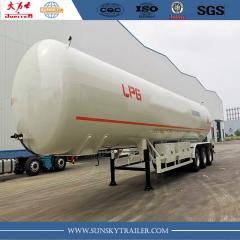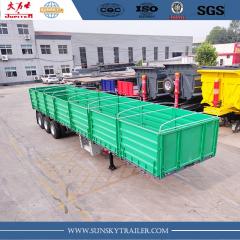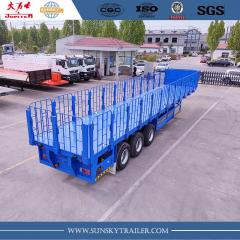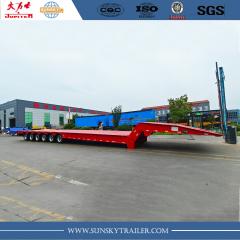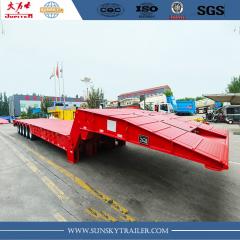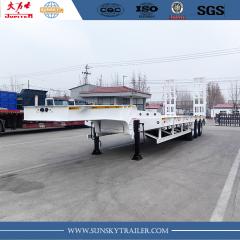A pressure vessel is a sealed container that is subjected to internal or external gas or liquid pressure and must meet stricter specifications.
The majority of pressure vessels are cylindrical, with a few exceptions being spherical or other shapes. The cylinder body, head, pipe, flange, and other parts and components of a cylindrical pressure vessel are usually composed of the cylinder body, head, pipe, flange, and other parts and components. The higher the pressure of the pressure vessel, the thicker the cylinder body wall should be. Gas, liquid, liquefied gas, and other media are stored and contained in storage pressure vessels (code C, which includes spherical tanks code B).
The origin of liquefied gas and its composition
Liquefied petroleum gas (LPG) is a by-product of the oil and gas industry, as well as petroleum distillation and chemical manufacturing. It is made up of a mixture of hydrocarbons, primarily propane, butane, propylene, butene, and other low molecular hydrocarbons, as well as a small number of impurities, such as carbon three and carbon four. Liquefied petroleum gas (LPG) is a liquid mixture with the main components propane (C3H8) and butane (C4H10) that is gaseous at room temperature and pressure and is usually stored under pressure or at low temperatures.
Vehicles that transport liquefied gas are classified as LPG vehicles
Semi-trailer transporting liquefied gas tankers
Standard features include single outlet, two-side loading and unloading, double valve box, safety valve, level gauge, thermometer, pressure gauge, emergency cut-off valve, 12TBPW shaft disc, aluminum alloy rims, 12.00 double vacuum tyre, one spare tyre , JOST leg, JOST traction pin, fire extinguishing bottle, antistatic grounding tape, Iron fender, ABS.
Optional features include a double independent liquid outlet, a hose box to the water tank, and a fuwa axle bridge with two shafts. Level gauge with afloat. The sunshade is made of aluminum
There are two types of discharge: single discharge and double discharge.
- LPG (Liquefied Petroleum Gas) is a type of liquefied petroleum gas (single)
37.2 Cubic front four and rear eight LGC carrier, vehicle size:11220 2500 3800mm, deadweight 15.6 tonnes, deadweight 16.2 tonnes, high-top two-bed cab, FAW Dachai 320 horsepower engine, FAW nine-speed transmission, wheelbase:1950+4550 +1350mm, air conditioning, electric glass, central lock, remote key, power steering, airbag seats, exhaust front, front disc, and rear drum brakes, brake, rear axle air suspension system
- Vehicle for filling liquefied gas
Q345R LPG gas tanker trailer, oval head structure design, cylinder diameter 2050mm, cylinder thickness 10mm, 12mm head, JAC210 horsepower chassis, tail equipped with LPG flow meter, LPG safety return valve, LPG coil, and air gun, can achieve direct filling operation .
LPG Tanker Safety Accessories: Functions and Methods of Operation
The function of the safety valve: ensures that the tank operates normally within the specified working pressure range.
Working principle: when the tank pressure rises above the tank design working pressure (due to overfilling, exposure, etc.), the safety valve automatically opens, releasing the tank pressure; when the tank pressure falls below the safe range, the safety valve closes .
Data for the open and close pressures (propane medium): 1.73MPa for the open pressure and 1.93MPa for the discharge pressure. Drive the trailer to a safe area and spray water on the top of the tank to cool down and relieve pressure if the safety valve jumps.
Cut-off valve in case of emergency
Gas-phase and liquid phase emergency shut-off valves are included.
- In the event of a fire or other emergency, the gas circuit should be turned off immediately using the valve box button or the rear remote control handle.
- If the vehicle is on fire and personnel are unable to get close to it, the low-temperature alloy pin on the tightening valve will melt when the temperature reaches 75 degrees Fahrenheit and 5 degrees Celsius, and the emergency cut-off valve will close and cut off the air supply.
- Liquid friction in the tube wall electrostatic loading and unloading flow with a limited flow function to prevent excessive flow. It's time to put the remote control handle behind the car to the test.
The internal structure of valve boxes
Gas-phase, liquid phase, and two ball valves are installed on the vehicle. For gas loading and unloading, through the quick loading joint on the valve and external equipment docking. A release valve is built into the valve body. When the loading and unloading are finished and the loading and unloading hose needs to be removed, open the release valve first to relieve the pressure in the tube, then remove the loading and unloading hose.





